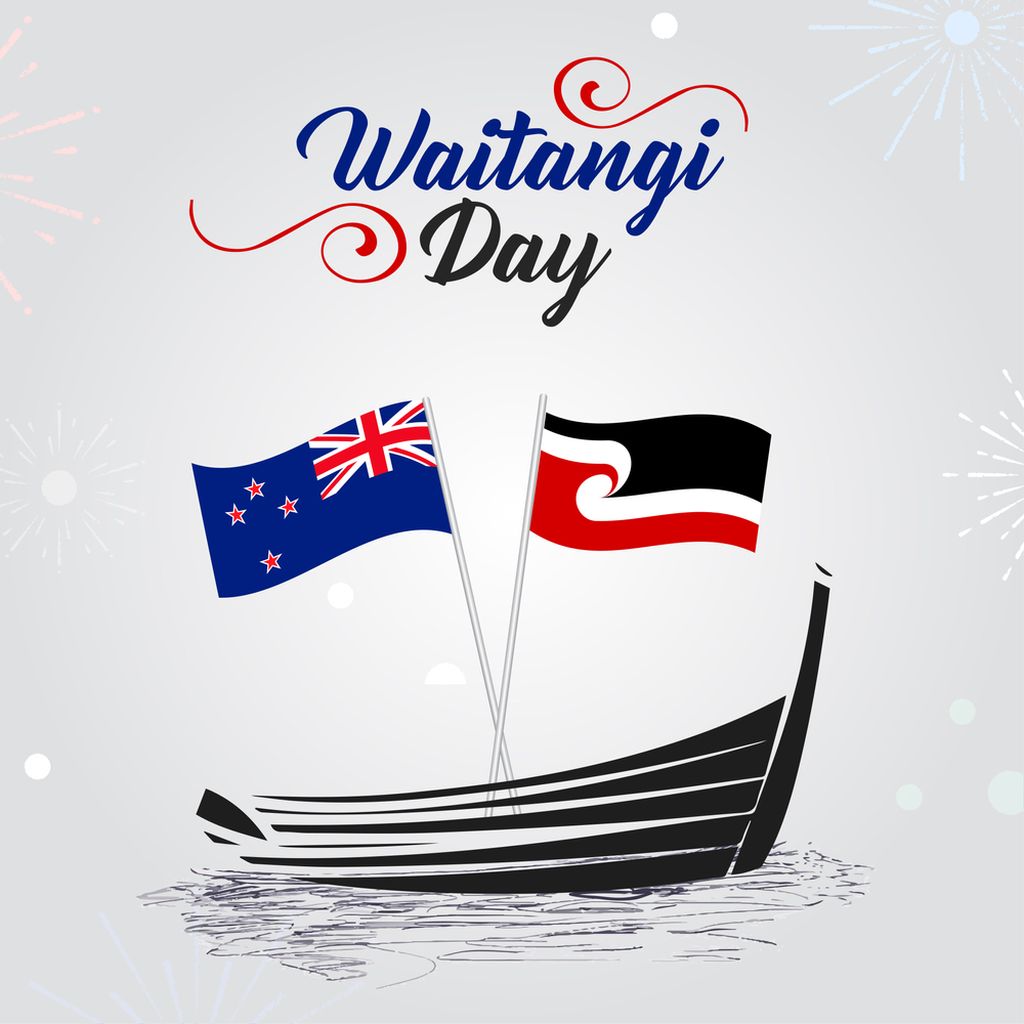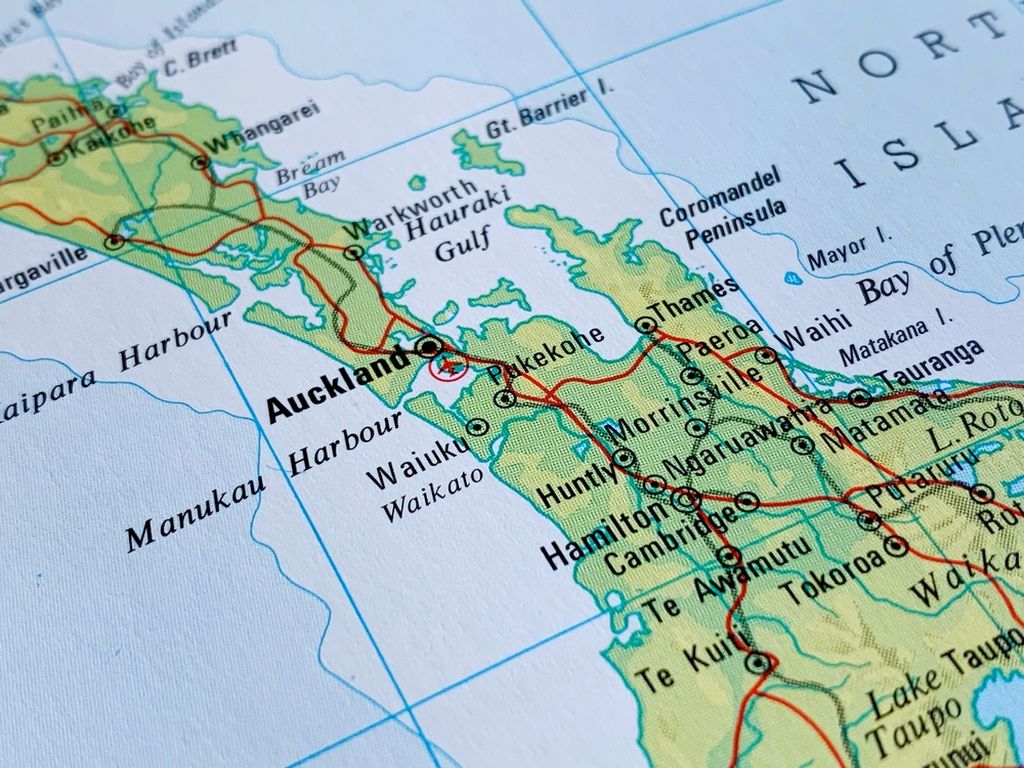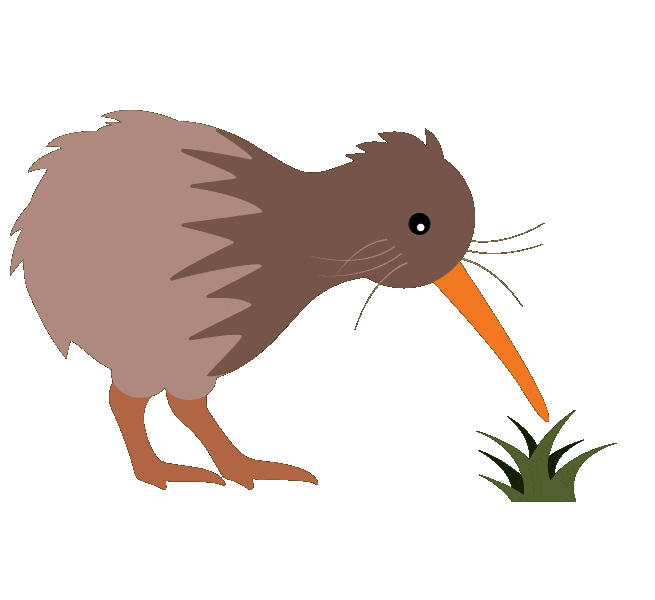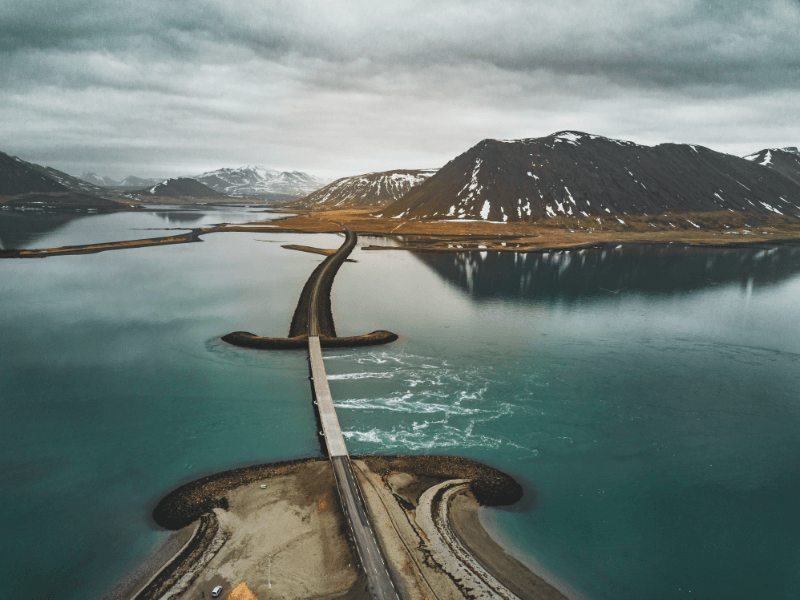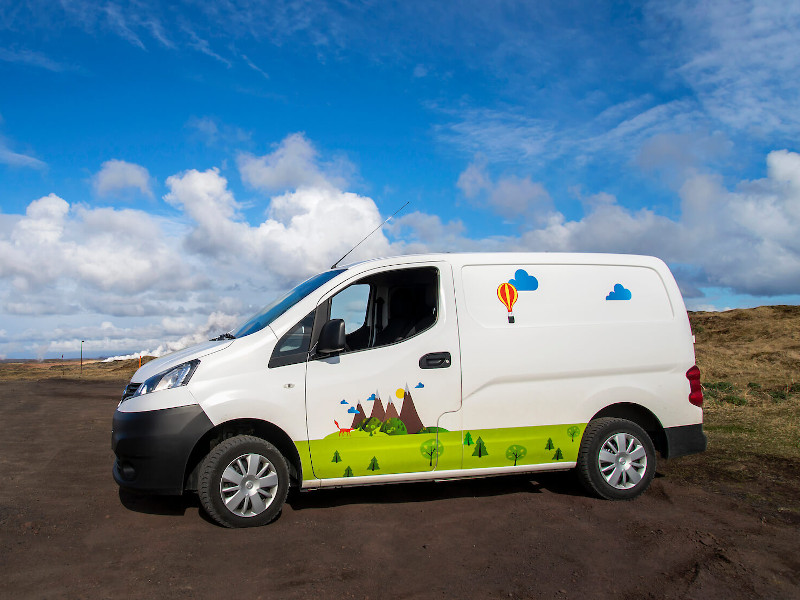New Zealand, a land of unparalleled beauty, is home to a myriad of unique creatures that have evolved in isolation for millions of years. From the iconic kiwi bird to the elusive tuatara, New Zealand's wildlife is as diverse as the landscapes they inhabit.
Whether you're a nature enthusiast or just curious about the animals of New Zealand, this guide will take you on a journey through the country's rich biodiversity.
Unique animals of New Zealand
Kiwi
The kiwi, a name that has become synonymous with New Zealand creatures, stands out as the nation's most iconic bird. This flightless bird has a distinctive appearance with its hair-like feathers, strong legs, and absence of a tail.
There are five different species of kiwi, each with its unique characteristics. Due to its significant cultural presence in New Zealand, continuous efforts are made to protect the kiwi from the brink of extinction.
-compressed.jpg)
Tuatara
The tuatara is not just another reptile; it's a living relic from the age of dinosaurs. This animal is the last surviving species of the Sphenodontia, a group of reptiles that flourished around 200 million years ago.
Tuataras are known for their preference for cool climatic conditions, rarely exceeding 25 degrees Celsius. While they have sparked significant scientific interest and many have been bred in captivity, in the wild, they are primarily found on various offshore islands of New Zealand.
-compressed.jpg)
Weta
Wetas are fascinating invertebrates that have roamed the earth since prehistoric times. Their elongated bodies, spiny legs, and curved tusks make them easily recognizable. The size of wetas can vary greatly, but they are among the heaviest insects globally.
To date, there are 70 known species of weta, with 16 of them considered endangered. These creatures have been a part of New Zealand's ecosystem for ages, with new species still being discovered. The most recent discovery was made just under three decades ago.
-compressed.jpg)
Native Birds of New Zealand
New Zealand, often hailed as the seabird capital of the world, boasts a diverse range of avian species. Here are some highlights:
Takahe
A large, flightless bird, the Takahe was once thought to be extinct. Rediscovered in 1948, this vibrant blue and green bird is a testament to New Zealand's conservation efforts.
-compressed.jpg)
Kakapo
Another flightless bird, the Kakapo, is the world's heaviest parrot. With a nocturnal nature and a distinctive owl-like face, it's one of the most endangered birds globally.
Native Mammals of New Zealand
Contrary to what many believe, New Zealand's native mammalian life is quite limited due to its isolation.
Bats
The only native land mammals in New Zealand, bats play a crucial role in the ecosystem, aiding in pollination and seed dispersal.
Marine Species
The surrounding waters are home to various marine mammals, including the New Zealand fur seal and Hector's dolphin, among others.
Native Reptiles and Amphibians of New Zealand
New Zealand's reptilian and amphibian life is as unique as its landscapes.
Geckos
With their vibrant green hues, New Zealand's geckos are a sight to behold. They play a vital role in the ecosystem, helping control insect populations.
-compressed.jpg)
Native Frogs
New Zealand is home to four native frog species, each with its unique characteristics and habitat preferences.
Native Fish and Insects of New Zealand
The country's freshwater habitats are teeming with life.
Freshwater Fish
Various species thrive in New Zealand's lakes and rivers, each adapted to its specific environment.
Invertebrates
The invertebrate community, including the weta, plays a pivotal role in maintaining the balance of the ecosystem.
Marine Animals of New Zealand
The oceans surrounding New Zealand are a haven for marine life.
Dolphins
Species like the playful Hector's dolphin are native to New Zealand waters and are a delight to observe.
Whales
Majestic creatures like the Southern right whale can often be spotted off the coast, making for a memorable experience.
Endangered Animals of New Zealand
New Zealand's unique biodiversity is under threat, with many of its native species facing the risk of extinction. The reasons range from habitat loss, introduced species, to human interference. Here's a deeper dive into some of the critically endangered species:
Maui dolphin
The Māui dolphin is one of the world’s smallest and rarest dolphins. An endemic sub-species closely related to the Hector’s dolphin, it is now found only in the shallow coastal waters off the west coast of the North Island.
Tragically, only between 55 to 63 Māui dolphins remain. They face threats from entanglement in fishing nets, mining activity, boat strikes, pollution, and disease.
-compressed.jpg)
Canterbury knobbled weevil
Once believed to be extinct since 1924, this critically endangered weevil was rediscovered in 2004. Historically widespread in the Canterbury region, it's now restricted to just one small area with a population of fewer than 100 adults.
Mokohinau stag beetle
This beetle, one of New Zealand’s few remaining large beetles, is known only from the Mokohinau Islands east of Auckland. The last known population inhabits a tiny patch on a rat-free rock stack, making it highly vulnerable.
Quillwort - Isoetes aff. Kirkii
This critically endangered aquatic fern is now considered extinct in the wild. A few remaining plants were discovered and are now carefully tended in an aquarium.
New Zealand fairy tern
With only about a dozen pairs surviving, the NZ fairy tern is the most endangered of New Zealand’s birds. Human activity on their nesting grounds, beach narrowing, introduced predators, and human disturbance threaten their existence.
Limestone cress
Found on just one limestone outcrop, where about 50 plants are known, the reasons for its endangerment remain unknown.
Chesterfield skink
Discovered in 1994, this critically endangered skink's numbers have decreased so much that few have been seen in recent years.
Coastal peppercress
This exceptionally rare species is now classified as "extinct in the wild". Diseases and predators have made its survival in the wild nearly impossible.
Eyelash seaweed
This tiny seaweed, the size and shape of a human eyelash, is critically endangered. It's incredibly different from other related seaweeds and is genetically distinct.
-compressed.jpg)
Dune swale daphne
This critically endangered plant used to inhabit moist sand flats on various coasts. It has disappeared from all but one site where a few plants are believed to survive.
Conservation efforts to protect New Zealand's animals
From predator-free islands to breeding programs, New Zealand has been at the forefront of conservation. The Department of Conservation plays a pivotal role in these efforts.
Where to see animals in New Zealand
For those keen on experiencing New Zealand's wildlife firsthand, national parks and sanctuaries offer the best glimpses. And if you're looking to explore at your own pace, consider renting a caravan from Campervan New Zealand. It's an excellent way to immerse yourself in the natural beauty and come face-to-face with the animals native to New Zealand.
Conclusion
New Zealand's rich biodiversity is a treasure trove for nature lovers. From the mountains to the seas, the wildlife in New Zealand is as captivating as the landscapes they call home.
As we journey through this land, let's remember the importance of conservation and the role we play in ensuring these species thrive for generations to come.

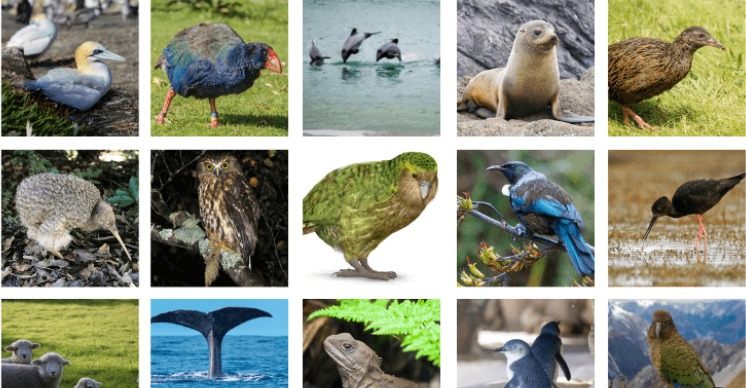
 By
By



